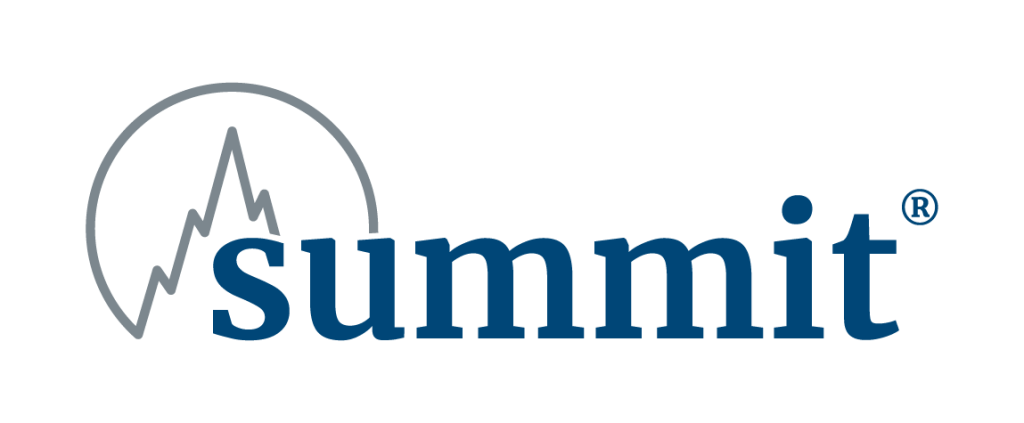Winning Clients: An Agent’s Guide to Matching Workers’ Comp Products with Client Needs
Your clients don’t just want coverage; they want control. They want to understand how their workers’ compensation dollars are being spent and options that align with their long-term cost goals and risk tolerance.

As an agent, your ability to match the right product to a client’s needs is what sets you apart. Summit’s suite of workers’ comp products is designed to give your clients that control—whether they want predictability, performance-based savings, or maximum cash flow flexibility. Here’s how each product works, who it’s best for, and how to position it with confidence.
Guaranteed Cost Plan
Best for: Businesses that prioritize budget certainty and minimal risk exposure.
This is the most straightforward option. The premium is calculated based on payroll and classification codes, and it remains fixed throughout the policy period—regardless of the number or severity of claims. The carrier assumes all risk and administrative burden.
How it works:
- Premium = Payroll × Classification Rate
- Premium is not adjusted for losses.
- All compensable claims expenses are paid by the carrier.
Use case: Ideal for businesses that want predictable costs and don’t want to take on claims risk internally.
Incurred Loss Retrospective Plan
Best for: Mid-to-large businesses with strong safety programs and a desire to reduce premium through performance.
This plan adjusts premium based on incurred losses, including both paid claims and reserves for future claim costs. The policyholder pays a premium up front, just like with a guaranteed cost plan, but adjustments are made at 6, 18, and 30 months after the policy expiration.
How it works:
- Premium = Payroll × Classification Rate
- The policy agreement includes a minimum and maximum premium.
- Losses are evaluated at 6, 18, and 30 months after the policy expiration. If losses are low, the policyholder may receive a return of premium—potentially down to the minimum. If losses are high, they may owe more—up to the maximum.
Use case: A good fit for businesses that are confident in their safety performance and want to benefit from a favorable loss experience.
Paid Loss Retrospective Plan
Best for: Mid-to-large, financially stable businesses that want to preserve cash and pay for claims as they occur.
Unlike the incurred loss plan, this product bases premium on actual paid losses. The policyholder pays a smaller up-front premium and funds claims as they are paid out. There is no time limit on the evaluation period, which means the final cost is determined only when all claims are closed or the business has met the maximum premium.
How it works:
- Like the incurred loss plan, this policy agreement includes a minimum and maximum premium.
- The policyholder pays the minimum premium:
-
Minimum Premium = Standard Premium x Basic Premium x Tax Multiplier
- Total claim costs are paid by the carrier, then reimbursed monthly by the policyholder.
- Requires a claims fund and financial security (cash, letter of credit, or bond).
Use case: Ideal for companies with strong cash flow and the ability to pay for claims as they occur. Offers potential for significant savings but requires financial discipline.
Large Deductible Plan
Best for: Very large accounts (minimum $500,000 standard premium) that want to retain significant risk while protecting against catastrophic losses.
This plan allows the policyholder to take on a large per-claim deductible—starting at $100,000 and increasing from there to fit the needs and risk appetite of the client—while the carrier covers losses above that threshold. There are two structures: incurred and paid.
How it works:
- Incurred Deductible Plan: The policyholder funds a loss payment account and provides collateral.
- Claims under the deductible are paid from this fund.
- Paid Deductible Plan: The carrier pays any claims and bills the policyholder monthly for reimbursement. Collateral is still required.
Use case: Best for large, financially sound businesses that want to self-fund losses while capping exposure to high-severity claims.
Matching Product to Client Profile
Guaranteed Cost
Client Profile:
- Budget focused
- Risk-averse
Why it works:
– Fixed premium
– No surprises
Incurred Loss Retro
Client Profile:
- Budget aware
- Risk-tolerant
- Proactive safety and claims mindet
Why it works:
– Rewards low losses
– Capped risk
Paid Loss Retro
Client Profile:
- Prioritizes cash flow
- Risk-tolerant
- Financially strong; able to meet the financial security requirement
- Proactive safety claims mindset
Why it works:
– Lower monthly premium cost
– Pay-as-you-go claims costs
– Capped risk
Large Deductible
Client Profile:
- Large
- Risk-tolerant
- Financially robust
- Proactive safety and claims mindset
Why it works:
– Maximum control
– Reduced premium
Guaranteed Cost
Client Profile
Guaranteed Cost
Why it works:
– Fixed premium
– No surprises
business profile
Budget aware
Risk-tolerant
Proactive safety and claims mindset
Recommended Plan
Incurred Loss Retro
Why it works:
– Rewards low losses
– Capped risk
business profile
Prioritizes cash-flow
Financially strong; able to meet the financial security requirement
Proactive safety and claims mindset
Recommended Plan
Paid Loss Retro
Why it works:
– Lower monthly premium cost
– Pay-as-you-go claims costs
– Capped risk
business profile
Large
Risk-tolerant
Financially robust
Proactive safety and claims mindset
Recommended Plan
Large Deductible
Why it works:
– Maximum control
– Reduced premium
Final Takeaway
Your clients demand more than a quote—they expect a solution. By understanding the mechanics of each product and aligning them with your client’s financial and operational goals, you demonstrate strategic expertise that differentiates you as a skillful agent. Summit’s product lineup gives you the flexibility to meet those expectations. Whether your client wants predictability, performance-based savings, or broad risk retention, there’s a plan that fits.

